Diseases
Common Plant Issues and Diseases: Identification and Solutions
Plants are a wonderful addition to any home or garden, but they can sometimes face issues and diseases that can affect their health and growth. Knowing how to identify these problems and finding the right solutions is essential to keep your plants thriving. In this article, we will explore some common plant issues and diseases, along with tips on how to deal with them effectively.
1. Yellowing Leaves
If you notice your plant's leaves turning yellow, it could be a sign of overwatering, nutrient deficiency, or pest infestation. To address this issue, check the soil moisture levels, ensure proper drainage, and consider fertilizing your plant with a balanced fertilizer. If pests are the culprit, treat your plant with insecticidal soap.
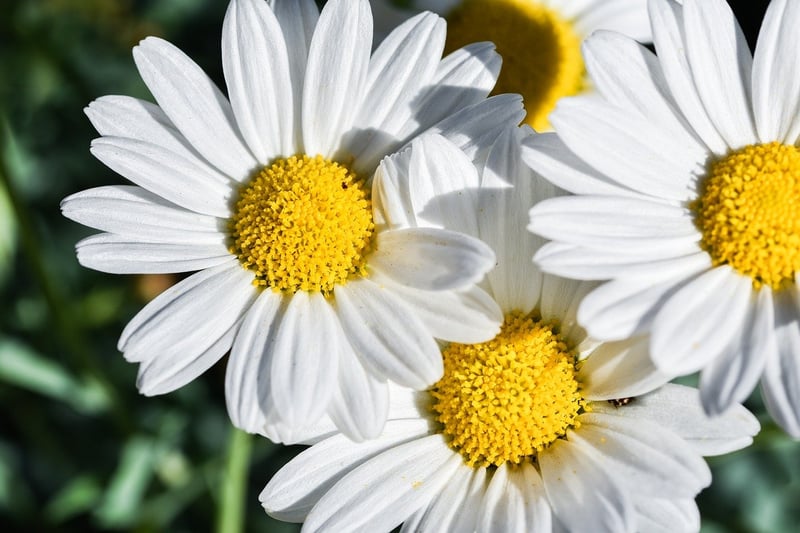
2. Powdery Mildew
Powdery mildew is a common fungal disease that appears as a white powdery substance on plant leaves. To combat powdery mildew, remove and destroy affected plant parts, improve air circulation around the plant, and consider using fungicidal sprays if necessary.
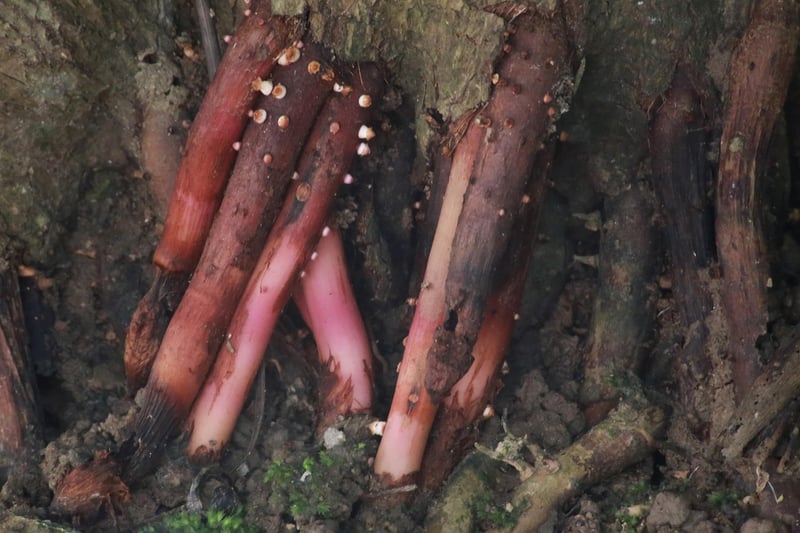
3. Root Rot
Root rot is caused by overwatering and poorly draining soil, leading to the roots becoming waterlogged and prone to rot. To save a plant with root rot, carefully remove it from the soil, trim away affected roots, repot it in fresh, well-draining soil, and adjust your watering practices.
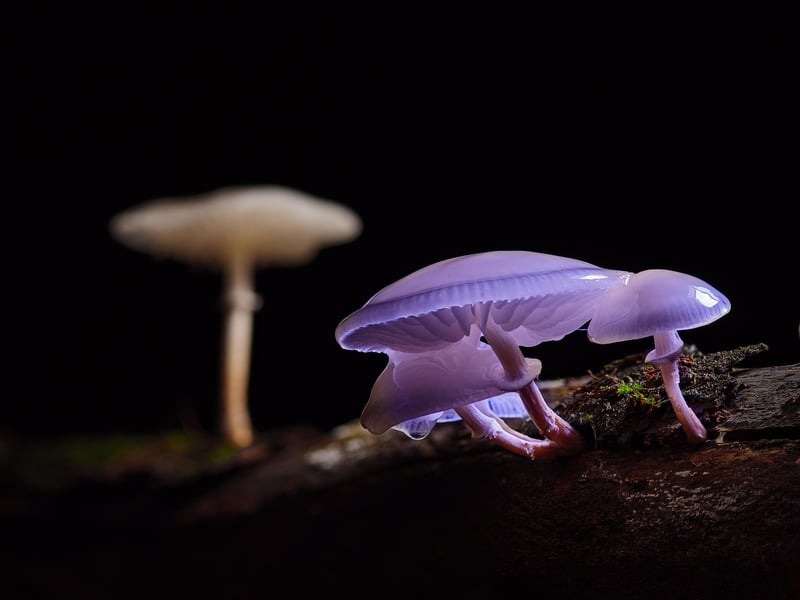
4. Aphids
Aphids are small, sap-sucking insects that can cause damage to plant leaves and stems. To get rid of aphids, wash your plant with a strong stream of water, introduce natural predators like ladybugs, or use insecticidal soap as a control measure.
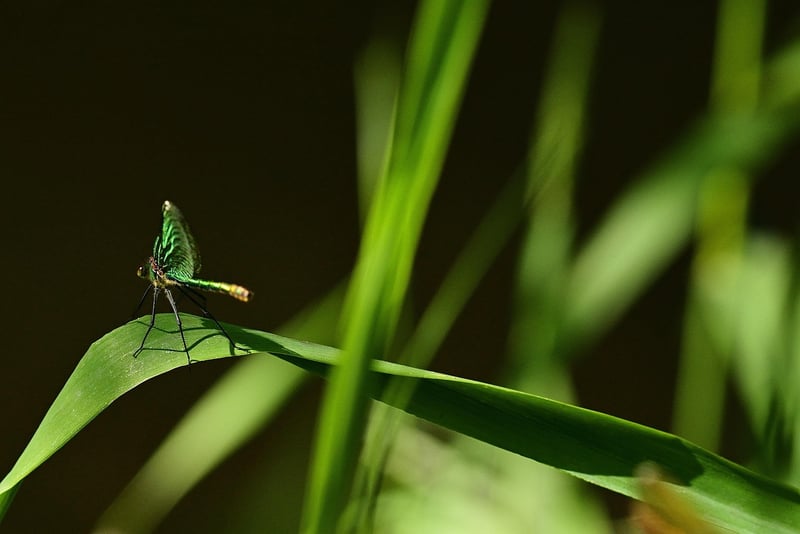
5. Leaf Spot Disease
Leaf spot disease presents as dark spots on plant leaves and is often caused by fungal or bacterial pathogens. To manage leaf spot disease, remove and dispose of infected leaves, avoid overhead watering, and apply fungicides as needed.
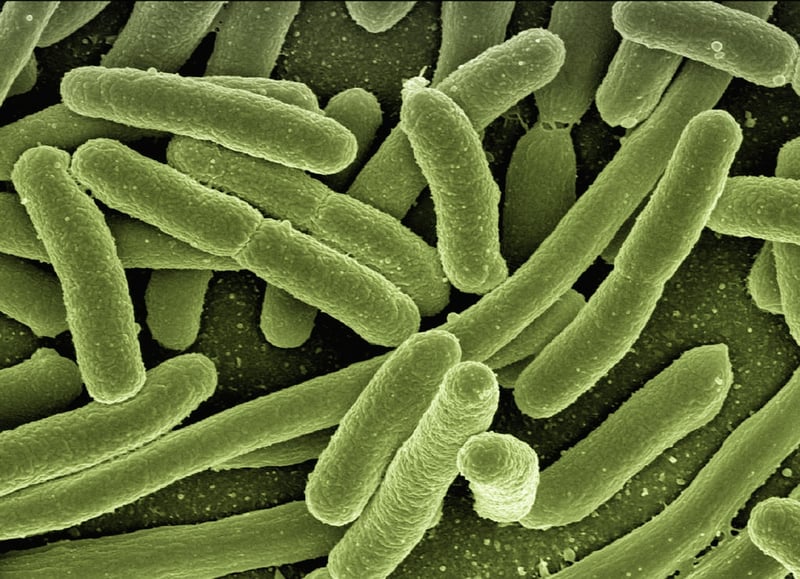
By being vigilant and proactive in identifying and addressing plant issues and diseases, you can provide your plants with the care they need to thrive. Remember to monitor your plants regularly, maintain proper growing conditions, and seek help from gardening experts if problems persist.
Happy gardening!
